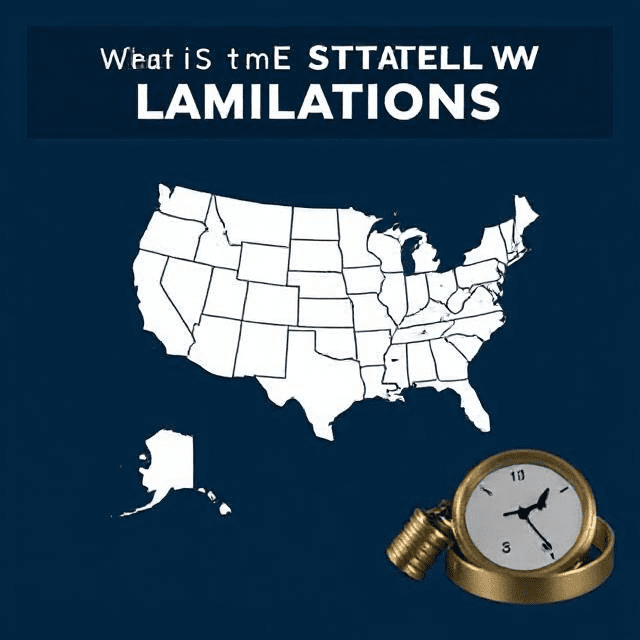Understanding Insurance Coverage: What You Need to Know
Introduction
Insurance coverage plays a crucial role in protecting individuals, businesses, and assets from financial losses due to unexpected events. Whether it’s auto, health, home, or life insurance, having the right coverage can provide financial security and peace of mind. In this guide, we’ll explore different types of insurance coverage, how they work, and important considerations when choosing a policy.
Types of Insurance Coverage
1. Auto Insurance
Auto insurance provides financial protection in the event of an accident, theft, or damage to your vehicle. Key components of auto insurance include:
- Liability Coverage: Pays for injuries and damages you cause to others.
- Collision Coverage: Covers damage to your car resulting from an accident.
- Comprehensive Coverage: Protects against non-collision incidents such as theft, vandalism, or natural disasters.
- Uninsured/Underinsured Motorist Coverage: Helps if you’re in an accident with a driver who has little or no insurance.
2. Health Insurance
Health insurance covers medical expenses and helps reduce the cost of healthcare services. Common types of health insurance plans include:
- Employer-Sponsored Health Plans: Provided by employers to employees and their families.
- Individual Health Plans: Purchased independently through private insurers or government marketplaces.
- Medicare & Medicaid: Government programs for seniors, low-income individuals, and disabled persons.
3. Homeowners Insurance
Homeowners insurance protects your home and personal belongings against risks such as fire, theft, and natural disasters. It generally includes:
- Dwelling Coverage: Repairs or rebuilds your home if it’s damaged.
- Personal Property Coverage: Covers furniture, electronics, and other belongings.
- Liability Protection: Protects against legal claims if someone is injured on your property.
- Additional Living Expenses (ALE): Covers temporary housing if your home is uninhabitable.
4. Renters Insurance
Renters insurance provides coverage for tenants who do not own the property they live in. It typically covers personal belongings, liability, and additional living expenses if a rental unit becomes unlivable.
5. Life Insurance
Life insurance provides financial support to beneficiaries in case of the policyholder’s death. Types of life insurance include:
- Term Life Insurance: Offers coverage for a specific period, such as 10, 20, or 30 years.
- Whole Life Insurance: Provides lifelong coverage with a cash value component.
- Universal Life Insurance: Offers flexibility in premium payments and death benefits.
6. Disability Insurance
Disability insurance replaces a portion of your income if you become unable to work due to injury or illness. It includes:
- Short-Term Disability (STD): Covers temporary disabilities for a few months.
- Long-Term Disability (LTD): Provides coverage for extended periods, sometimes until retirement.
7. Business Insurance
Businesses require insurance to protect against various risks, including:
- General Liability Insurance: Covers lawsuits related to injuries, property damage, or negligence.
- Commercial Property Insurance: Protects business assets, such as buildings and equipment.
- Workers’ Compensation Insurance: Covers employees injured on the job.
How to Choose the Right Insurance Coverage
1. Assess Your Needs
Determine what risks you need to protect against and choose coverage accordingly. For example, homeowners should prioritize property and liability insurance, while drivers must have auto insurance.
2. Understand Policy Limits and Deductibles
- Policy Limits: The maximum amount an insurer will pay for a covered claim.
- Deductibles: The amount you must pay out of pocket before insurance coverage kicks in.
3. Compare Quotes from Multiple Insurers
Different insurers offer varying coverage options, premiums, and discounts. Shopping around helps you find the best policy at a competitive price.
4. Review Exclusions and Fine Print
Some policies exclude certain risks, such as flood or earthquake damage in homeowners insurance. Always read the fine print to understand what is covered and what is not.
5. Consider Bundling Policies
Many insurers offer discounts when you bundle multiple policies, such as auto and home insurance, under the same provider.
What to Do When Filing an Insurance Claim
1. Report the Incident Immediately
Notify your insurance provider as soon as possible to start the claims process.
2. Document the Damage
Take photos, gather receipts, and provide any necessary documentation to support your claim.
3. Work with an Adjuster
An insurance adjuster will assess the damage and determine the claim payout.
4. Review the Settlement Offer
Ensure the offer covers your losses adequately before accepting it. If needed, negotiate or seek legal advice.
Internal and External Resources
- National Association of Insurance Commissioners (NAIC)
- Insurance Information Institute (III)
- Understanding Your Auto Insurance Policy
- How to File an Insurance Claim
Conclusion
Having the right insurance coverage can protect you from unexpected financial losses. Understanding the different types of coverage, how policies work, and what to consider when choosing a plan can help you make informed decisions. Whether it’s auto, health, home, or life insurance, selecting a policy that meets your needs ensures peace of mind and financial stability. If you need expert advice, consult with an insurance professional to explore the best options available to you.
Share this with your friends and family!



























